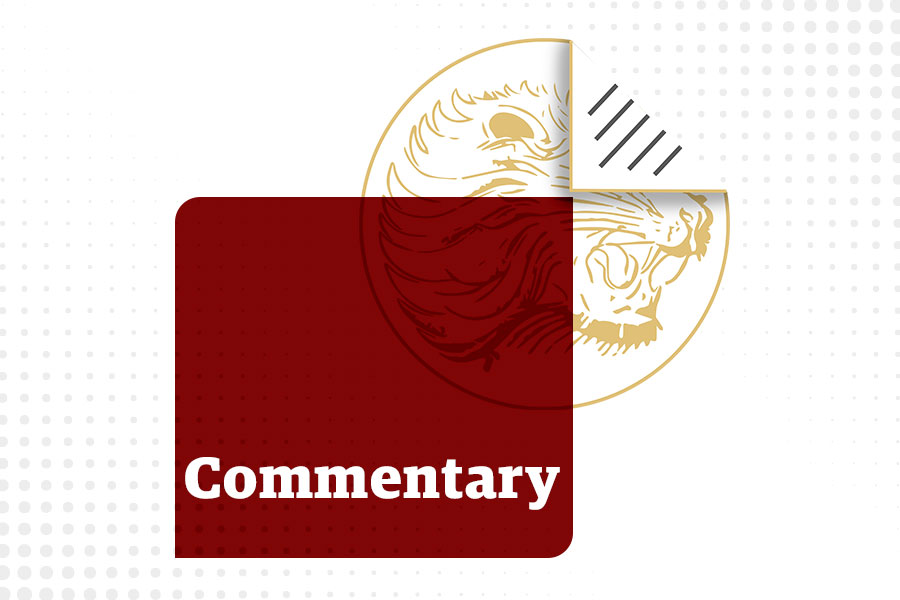
Commentaries | Jan 05,2019
Sep 8 , 2024
By Geremew Milkias
Ethiopia's leaders may have generational aspirations of becoming a country with a middle-income status. However, the low productivity in manufacturing and export participation contradicts this ambition, making it a distant dream. The sector suffers from a low utilisation rate, as some firms' capacity drops as low as 20pc, a far cry from the rate of advanced economies, exceeding 85pc.
This gap points to missed opportunities for productivity gains that could help boost the country's competitiveness in regional and global markets. Improving capacity utilisation in manufacturing should be essential for the sector itself and the broader economy, which remains heavily dependent on agriculture and low-value-added industries. According to recent studies, Ethiopia has one of the lowest capacity utilisation rates globally, with the average for manufacturing firms operating at 36pc of their potential.
Several factors contribute to this low manufacturing productivity. The main culprits could be a lack of foreign exchange needed to import critical inputs and raw materials, compounded by energy constraints. Other issues, such as high fuel costs, limited access to credit, and inadequate infrastructure, further exacerbate the problem.
Addressing these bottlenecks is crucial if the country is to improve the performance of its manufacturing sector and enable firms to operate closer to their full potential.
The importance of a robust manufacturing sector cannot be overstated. Manufacturing is vital to job creation, foreign exchange generation, and structural transformation. As the country is besieged by a high youth unemployment rate—over two million young people enter the labour market each year—manufacturing could provide employment opportunities that help alleviate poverty and drive economic growth. Research has established manufacturing's role in facilitating structural transformation, a process through which economies shift from low-productivity sectors like agriculture to higher-productivity industries.
Yet, despite the potential, the manufacturing sector's contribution to the economy has been shrinking. Its share of GDP fell to 4.4pc in 2022, down from 5.9pc in 2019. Regional perspective can provide an interesting comparison. The sector contributes eight percent of the GDP in neighbouring Kenya, 15pc in Nigeria, and 13pc in South Africa. Only five percent of Ethiopian firms participate in the export sector, generating just half a billion dollars in export revenue in the 2021-22 fiscal year, a relatively modest figure given the country's large population and market potential.
Technological innovation is at the heart of economic progress, reshaping industries and driving human achievement. From the days of hunter-gatherers to the modern development of artificial intelligence, innovation has consistently pushed the boundaries of what is possible. One such breakthrough — digital twins — is set to transform how manufacturers design and produce goods, offering a glimpse of the future where faulty products and inefficient systems become relics of the past.
Digital twins, a technology recently The Economist featured, are virtual models that replicate real-world objects or systems, from human organs to complex manufacturing processes. These digital replicas allow manufacturers to test, monitor, and optimise designs without risking costly errors in physical production. They help avoid failures and ensure that products meet high standards. Introducing schemes like "power by the hour," where companies are paid only when their products are performing as expected, heralds a shift away from an era of low-quality goods with short life spans.
Firms are incentivised to design with longevity and performance in mind, raising the bar for product development across industries.
Innovating is critical to a company's success in a highly competitive global economy. Firms that lead in technological advances can dominate their markets, reaping the benefits of monopoly-like pricing on cutting-edge products. At the same time, firms that may not be at the forefront of innovation but can quickly adapt and recalibrate products for local conditions can also thrive. The capacity for adaptation, sometimes referred to as reverse engineering, has allowed companies to stay relevant and even become future innovation leaders.
East Asian economies offer a prime example of innovation and adaptation driving economic transformation. Countries like South Korea and Taiwan initially brought advanced technologies from abroad, learning to reverse-engineer and modify these products to suit their local markets. Over time, they built the capacity to produce sophisticated goods and export them globally, marking their transition from followers to leaders in the global marketplace. This technological catch-up process required substantial investment in education, health, and governance to cultivate a highly skilled workforce capable of absorbing and leveraging new technologies.
Education, in particular, has been a critical driver of innovation in these economies. By investing in higher education, especially in science, technology, engineering, and mathematics (STEM) fields, East Asian countries developed a generation of researchers and scientists who could engage with frontier technologies and push them further. In the process, these countries laid the groundwork for sustained economic growth and technological advancement, creating a cycle of innovation that continues to fuel their economies today.
However, while East Asian countries have thrived through innovation and technology absorption, many developing countries struggle with far lower levels of productivity.
Capacity utilisation, a measure of how effectively firms use their resources, remains strikingly low in many regions. In developing economies, capacity utilisation rates typically range between 65pc and 84pc, but in less developed countries, these rates are often between 50pc and 64pc.
In a global economy driven by technological innovation, countries that invest in building their innovative capacity will be positioned to succeed.
For Ethiopia, boosting manufacturing productivity, increasing capacity utilisation, and encouraging innovation are critical steps toward achieving long-term prosperity. Access to reliable power, foreign exchange, and credit must be prioritised. Maintaining peace and stability is also central, as conflicts and insecurity deter private investment and undermine economic development.
PUBLISHED ON
Sep 08,2024 [ VOL
25 , NO
1271]


Commentaries | Jan 05,2019

Commentaries | Oct 03,2020

Fortune News | May 20,2023

Radar | Jan 22,2022

Fortune News | Mar 09,2024
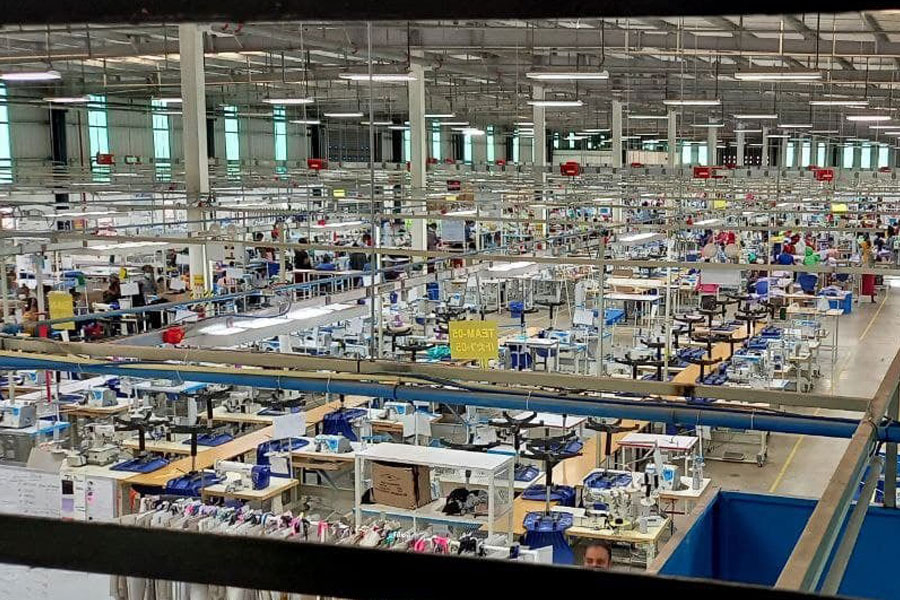
Agenda | Mar 02,2024

Fortune News | Nov 27,2018

Agenda | Nov 06,2021
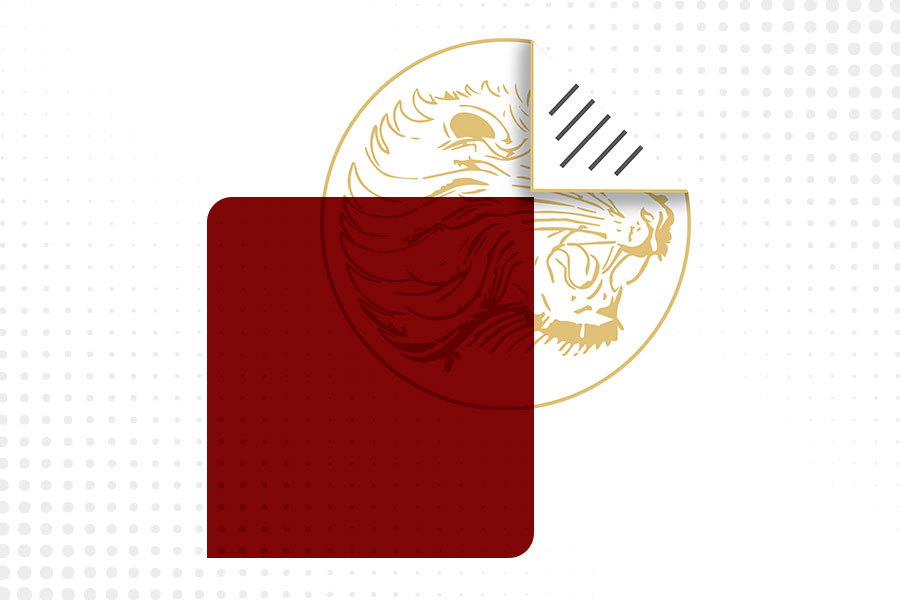
Radar | Aug 05,2023

Agenda | Apr 15,2023

Photo Gallery | 180256 Views | May 06,2019
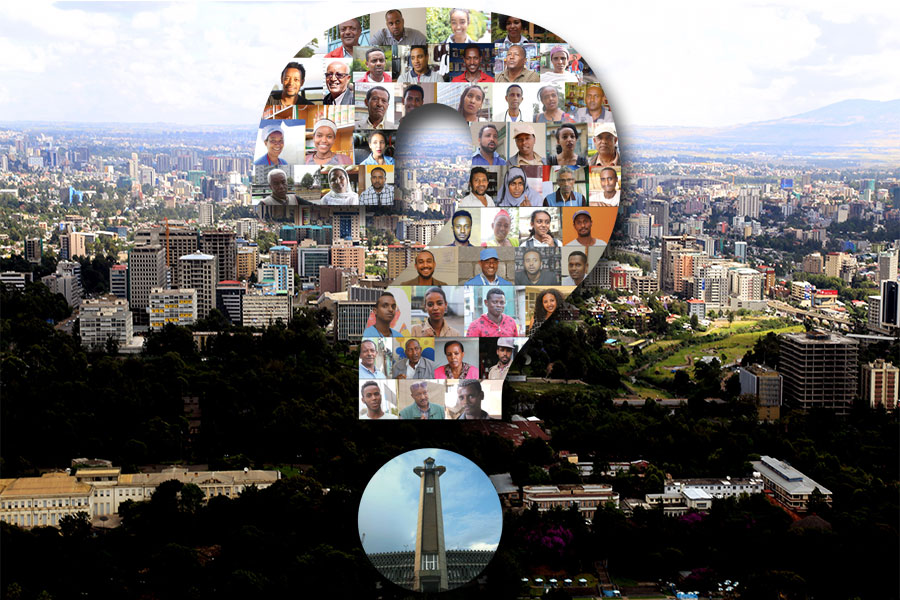
Photo Gallery | 170453 Views | Apr 26,2019

Photo Gallery | 161478 Views | Oct 06,2021

My Opinion | 137267 Views | Aug 14,2021
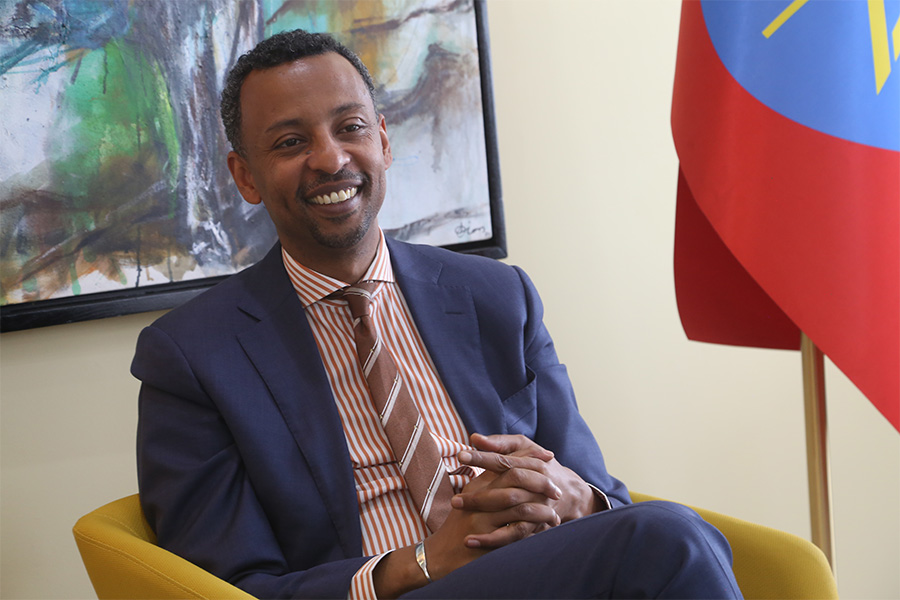
Dec 22 , 2024 . By TIZITA SHEWAFERAW
Charged with transforming colossal state-owned enterprises into modern and competitiv...
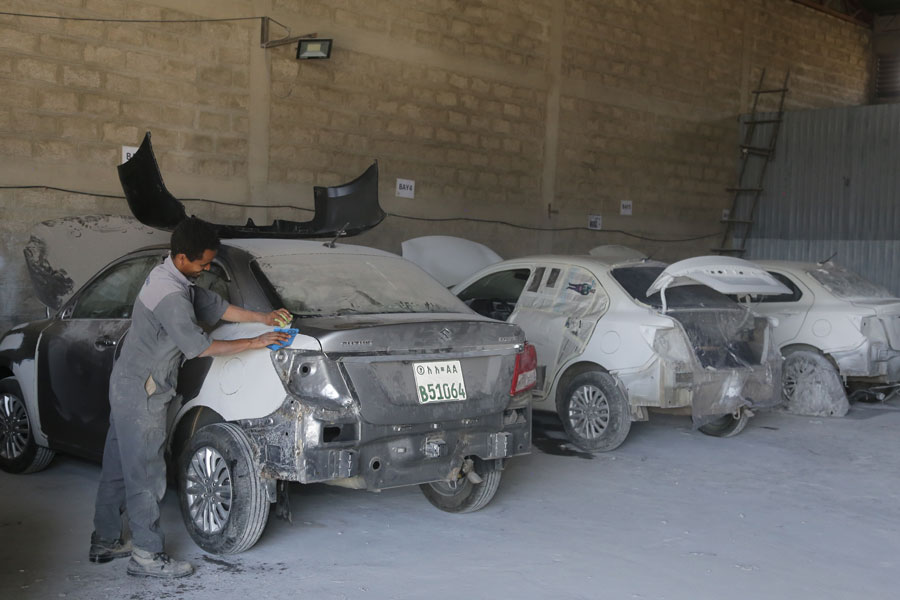
Aug 18 , 2024 . By AKSAH ITALO
Although predictable Yonas Zerihun's job in the ride-hailing service is not immune to...

Jul 28 , 2024 . By TIZITA SHEWAFERAW
Unhabitual, perhaps too many, Samuel Gebreyohannes, 38, used to occasionally enjoy a couple of beers at breakfast. However, he recently swit...
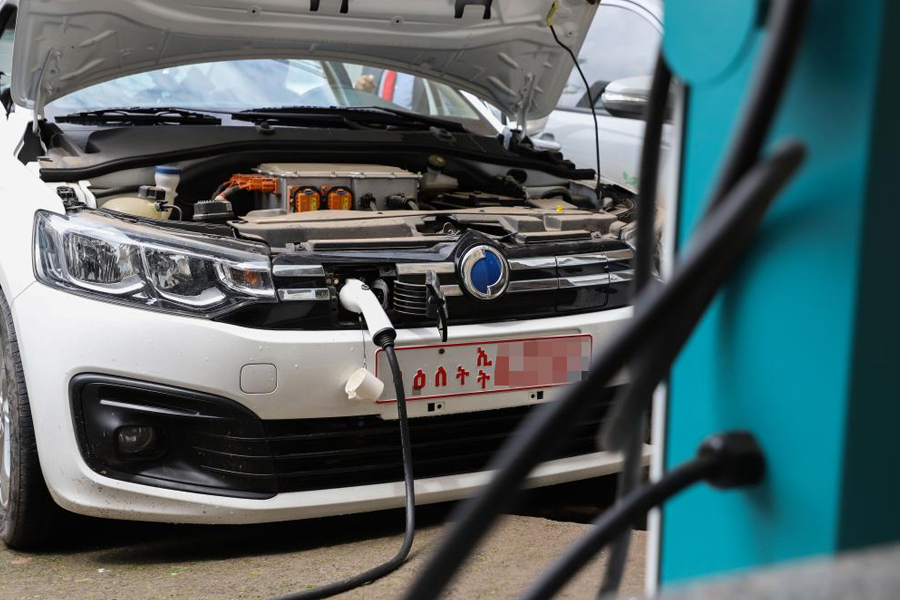
Jul 13 , 2024 . By AKSAH ITALO
Investors who rely on tractors, trucks, and field vehicles for commuting, transporting commodities, and f...
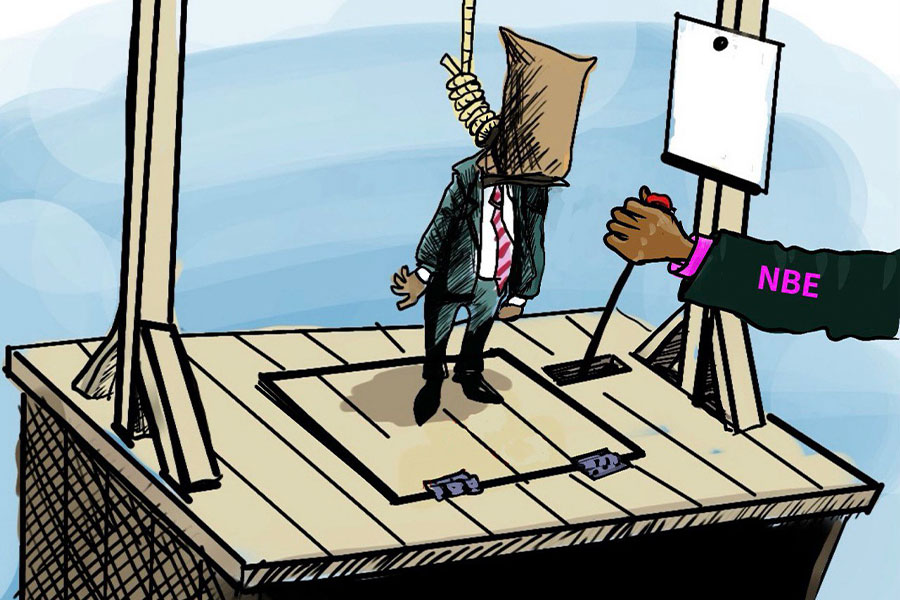
Nov 1 , 2025
The National Bank of Ethiopia (NBE) issued a statement two weeks ago that appeared to...
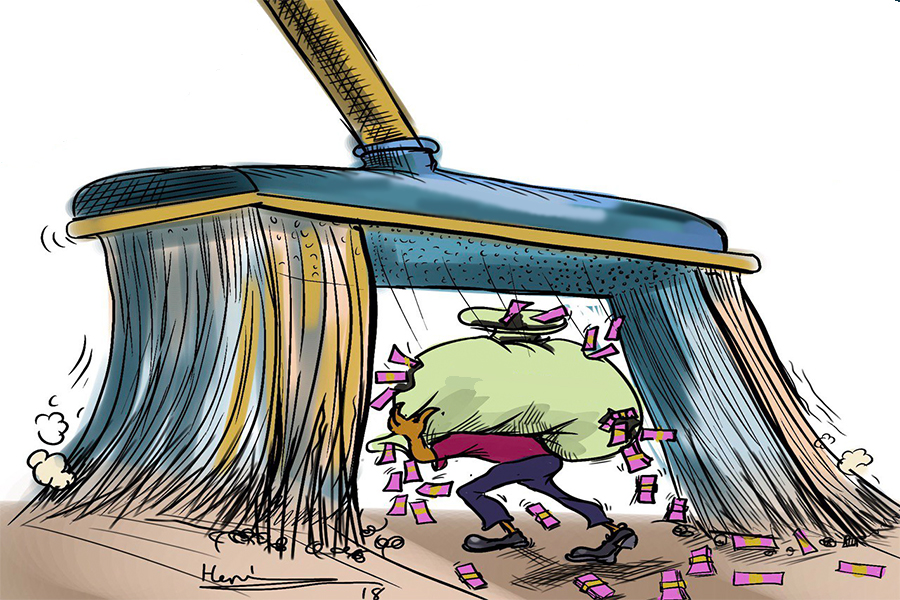
Oct 25 , 2025
The regulatory machinery is on overdrive. In only two years, no fewer than 35 new pro...
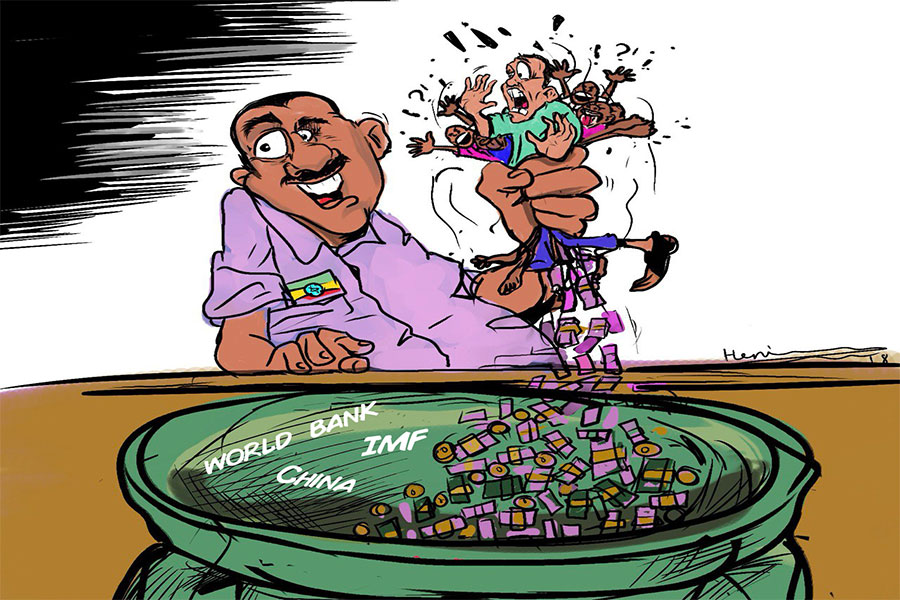
Oct 18 , 2025
The political establishment, notably the ruling party and its top brass, has become p...
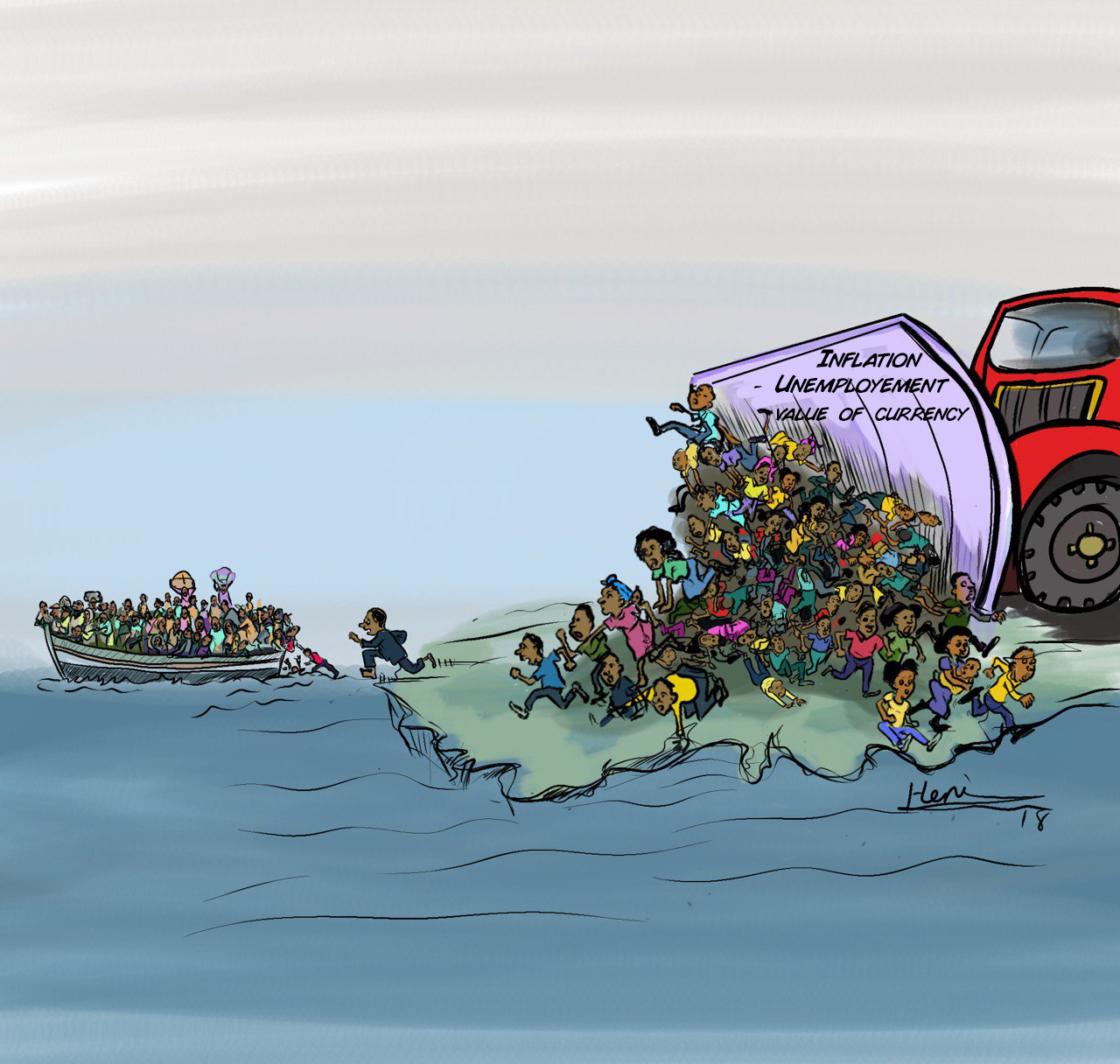
Oct 11 , 2025
Ladislas Farago, a roving Associated Press (AP) correspondent, arrived in Ethiopia in...

Nov 2 , 2025
The National Bank of Ethiopia (NBE) has scrapped the credit-growth ceiling that had s...

Nov 2 , 2025 . By SURAFEL MULUGETA
The burgeoning data mining industry is struggling with mounting concerns following th...

Nov 2 , 2025 . By YITBAREK GETACHEW
Berhan Bank has chosen a different route in its pursuit of a new headquarters, opting for a transitional building instea...

Nov 2 , 2025 . By BEZAWIT HULUAGER
Nib International Bank S.C. has found itself at the epicentre of a severe governance...